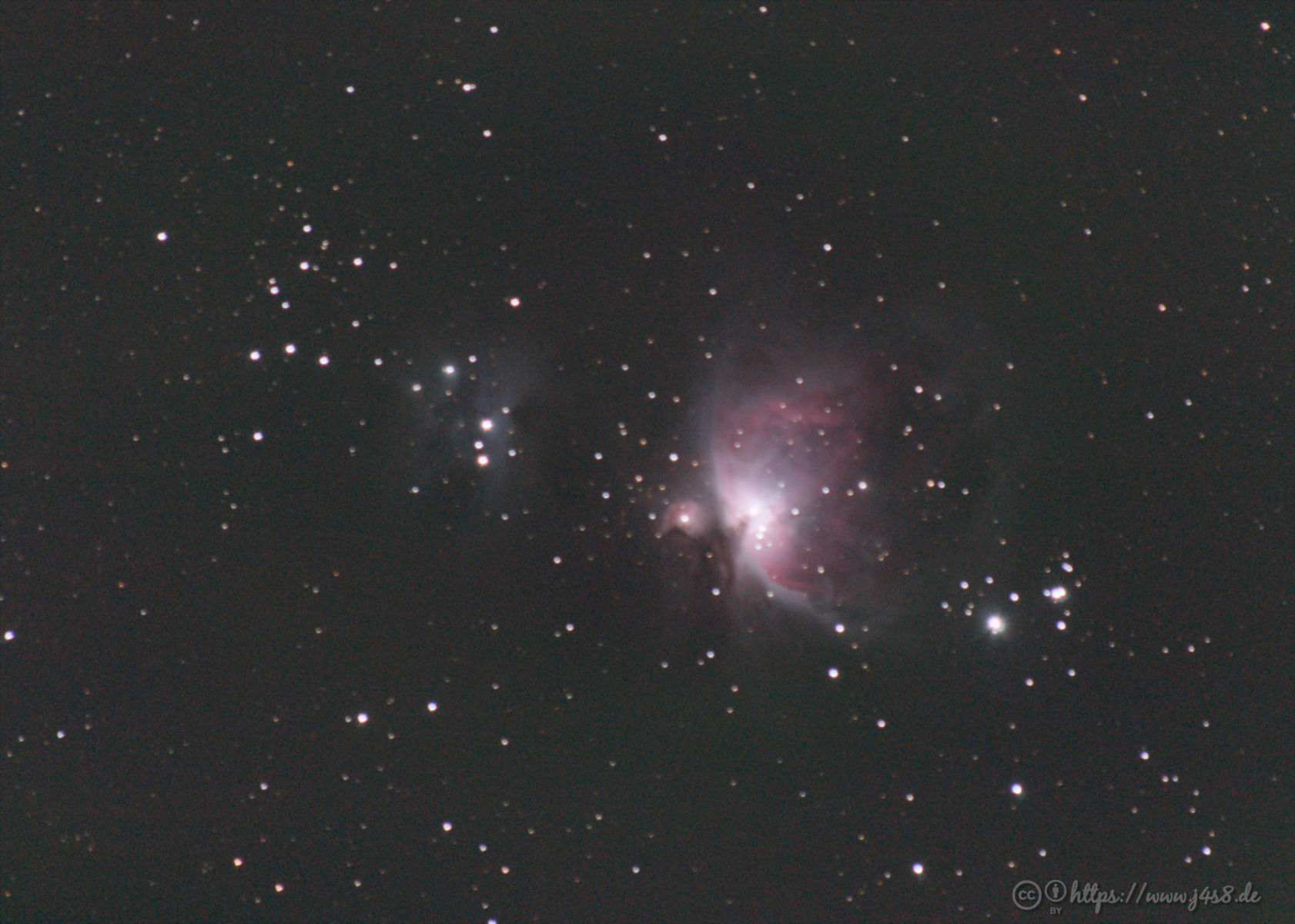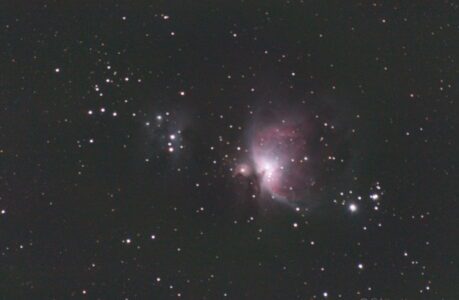Telescopes are powerful tools used by astronomers to study the stars, galaxies, and other celestial objects in the universe. One of the most important factors in determining the quality of a telescope is its resolution, which is the ability of the telescope to distinguish fine details in the objects it observes. In this article, we will explore the concept of telescope resolution, how it is measured, and why it is so important for astronomical research.
Resolution in telescopes is defined as the minimum angular separation between two point sources of light that can be distinguished as separate objects. It is measured in arcseconds, which are tiny units of angular measurement equivalent to 1/3600th of a degree. The higher the resolution of a telescope, the finer details it can discern in the objects it observes, such as the shape of a distant galaxy or the details of a star’s surface.
There are several factors that determine the resolution of a telescope, including the size of its aperture (the diameter of the main lens or mirror), the quality of its optics, and the presence of atmospheric turbulence. A larger aperture allows more light to enter the telescope, increasing the amount of detail that can be seen. High-quality optics, such as well-crafted lenses and mirrors, help to reduce the amount of distortion and blur in the image. Finally, atmospheric turbulence can cause the light from distant objects to scatter, reducing the overall resolution of the image.
One of the most important applications of high-resolution telescopes is the study of exoplanets, or planets that orbit stars outside of our solar system. These planets are often difficult to detect because they are so far away and because they are relatively small compared to their host star. However, with high-resolution telescopes, astronomers are able to study the light from the host star to look for small variations that may indicate the presence of an exoplanet.
Another important area of research that benefits from high-resolution telescopes is the study of star formation and evolution. By observing the fine details of young stars and star-forming regions, astronomers can learn more about how stars form and how they change over time. This information is crucial for understanding the processes that drive the evolution of the universe and the development of life.
How does resolution affect astrophotography
Resolution plays a crucial role in astrophotography, as it determines the level of detail that can be captured in an image. The higher the resolution of a telescope, the finer the details that can be captured in an image of a celestial object. This is particularly important in astrophotography because many astronomical objects, such as galaxies, nebulae, and star clusters, are faint and have complex structures that can be difficult to discern without high-resolution imaging.
In addition to the resolution of the telescope, other factors that can affect the quality of an astrophotographic image include the quality of the camera used, the exposure time, and the presence of light pollution or atmospheric turbulence. A high-quality camera with a large number of pixels will produce images with more detail, while a longer exposure time will allow more light to be collected and result in a clearer image. However, light pollution and atmospheric turbulence can cause the light from the object being photographed to scatter, reducing the overall resolution of the image.
Astrophotographers often use techniques such as stacking multiple images or using specialised filters to reduce the effects of light pollution and atmospheric turbulence and improve the resolution of their images. These techniques can help to produce images that reveal the intricate details of celestial objects, allowing us to see the beauty and complexity of the universe in a new way.
In summary, resolution is a critical factor in astrophotography as it determines the level of detail that can be captured in an image. By using high-resolution telescopes, specialised cameras, and advanced techniques, astrophotographers can reveal the beauty and complexity of the universe and bring the cosmos to life.
In conclusion, telescope resolution is a critical factor in the study of astronomy, as it allows astronomers to observe the fine details of celestial objects and uncover the secrets of the universe. With the continued advancement of telescope technology, we can expect to make even more exciting discoveries in the years to come.

